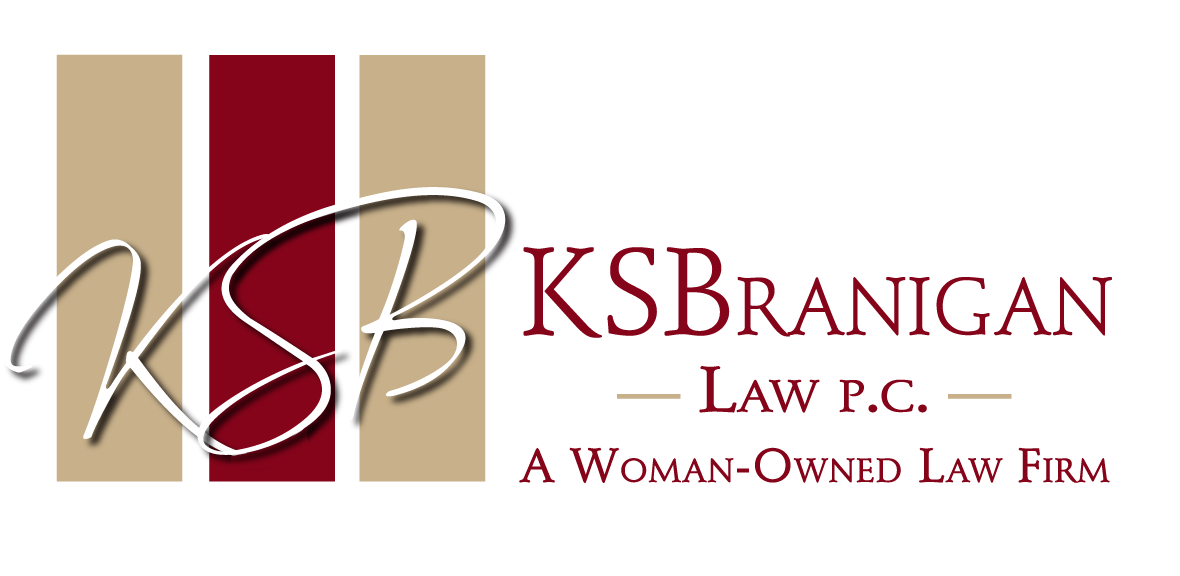In 2020, New Jersey (NJ) enacted the Cannabis Regulatory, Enforcement Assistance, and Marketplace Modernization Act (CREAMMA), N.J.S.A. 24:6I-31, et seq., which prohibited discrimination in hiring and employment and required the NJ Cannabis Regulatory Commission (NJ-CRC) to prescribe standards for certification of a Workplace Impairment Recognition Expert (WIRE) in connection with the investigation of workplace impairment. Under CREAMMA, full- or part-time employees or others contracted to perform services on behalf of an employer can qualify as a WIRE based on education and training in detecting and identifying an employee’s impairment from or usage of a cannabis item or other intoxicating substance, but the certification standards have not yet been established. In the meantime, the NJ-CRC recently issued interim Guidance and a Reasonable Suspicion Observation Report template for employers to use until the NJ-CRC formulates and approves standards for WIRE certification.
Under CREAMMA, an employee cannot be subject to adverse employment action solely due to the presence of cannabinoid metabolites in the employee’s bodily fluid. However, the statute provides that employers are permitted to maintain drug free workplaces consistent with the statute. Employers may also require an employee to undergo a drug test “upon reasonable suspicion of an employee’s usage of cannabis or cannabis products while engaged in the performance of an employee’s work responsibilities, or upon finding any observable signs of impairment related to usage of cannabis or cannabis products, or as part of a random drug test program, or following a work-related accident subject to investigation by the employer.”
The Guidance acknowledges that there is “no perfect test” for detecting cannabis impairment. It also acknowledges that many employers with drug free workplace policies have utilized evidence-based protocols for documenting observed behavior and physical signs of impairment to develop reasonable suspicion and a drug test to verify the recent use of an impairing substance.
The Guidance expressly states that even a scientifically reliable objective testing method indicating the presence of cannabinoid metabolites in the employee’s bodily fluid alone is not sufficient to support adverse employment action. However, according to the Guidance, that type of objective drug test combined with evidence-based documentation of physical signs or other evidence of impairment during the employee’s prescribed work hours may be sufficient to support an adverse employment action.
The Guidance also provides guidelines for demonstrating physical signs of impairment. It states that an employer may take several steps:
-
The employer may designate an interim staff member to assist in making determinations of physical signs of suspected cannabis use during an employee’s prescribed work hours. The Guidance states that this employee should be “sufficiently trained to determine impairment and qualified to complete the Reasonable Suspicion Observation Report.” The employer may also use a third-party contractor.
-
The employer may also utilize the Reasonable Suspicion Observation Report (either the template provided by the NJ-CRC or another form the employer is already using) that documents the behavior, physical signs, and evidence the employer believes supports a determination that an employee is reasonably suspected of being under the influence during the employee’s prescribed work hours. The Guidance also indicates that the employer should establish a Standard Operating Procedure that requires two employees to engage in and document observations, with one being the employee’s manager/supervisor or any employee at the manager/supervisor level and the other being the interim staff member designated above or a second manager/supervisor.
-
The employer may use “a cognitive impairment test, a scientifically valid, objective, consistently repeatable, standardized automated test of an employee’s impairment, and/or an ocular scan” as physical signs or evidence to establish reasonable suspicion.
The Reasonable Suspicion Observation Report template provided by the NJ-CRC is entitled “Reasonable Suspicion Observed Behavior Report” and is intended as a format for the employer to document observed behavior of an employee. The 2 observing supervisors and/or designated staff member must each prepare a report within 24 hours of observing the behavior or before the results of the tests are released, whichever is earlier. The report is intended to document the specific Behavior, Odors, Appearance, and Speech (BOAS) of the employee that support a reasonable suspicion and as potential factors in an accident. It also provides for the employer to give the employee an opportunity to explain the BOAS observed and document the employee’s response. The template also cautions employers to maintain employee confidentiality even when the report needs to be distributed to appropriate authorities.
The Guidance notes that certain employers may be required by federal contract or law to follow specific protocols related to determining reasonable suspicion and drug testing and they are expressly permitted to continue doing so. Additionally, employers must incorporate the Guidance in a manner that complies with state or federal anti-discrimination laws or any other employment laws.
This summary is for informational purposes only and is not intended to constitute legal advice. This information should not be reused without permission.


